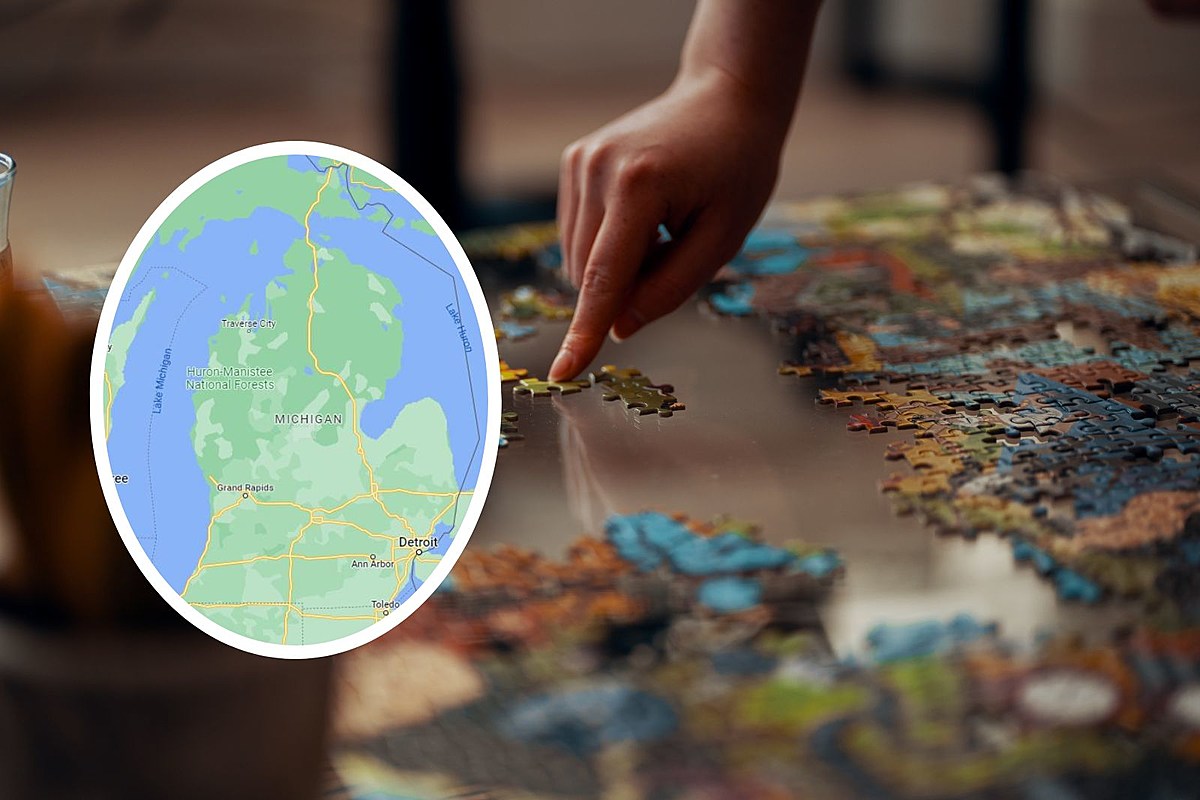
The slipped stitch is a common method for knitting. It is a multi-color stitch that uses extra-long stitches to create multiple fabric layers simultaneously. The extra length of the stitches allows it to carry over the colors from an earlier row. This technique can be used in a variety of ways. Learn how to create your own fabric designs with this stitch. After you master the basics, you can start experimenting with this stitch. Once you've mastered this technique, it is possible to use it in a pattern.
Creating a slipped stitch design
Making slipped stitches is a great way of creating a gorgeous scarf or sweater. This stitch is simple to learn and easy to use. Slip stitches can be used with one, two or three colors. It is possible to create intricate and beautiful slip stitches by working with three colors. To learn how to make a slipped stitch design, you will need the right yarn and a crochet hook.
By adjusting your yarn gauges and the needle, you can create many different types slipped stitch designs. A tight row gauge can lead to bubbles in the design. To track the number of stitches you've worked, you can use an electronic row counter. To create a mosaic, you can cross the stitches using the same needle and a different yarn. This allows for classic slipped stitch designs to be created with different stitches and gauges.

Make a slip stitched fabric
It is possible to create beautiful knitted fabrics using slipped stitches. Because you can focus on knitting the right loops while avoiding missing stitches, a variegated knit yarn is an excellent choice. This stitch pattern is quick and easy to learn. This technique is great for both beginning and more experienced knitters.
Slip stitching is a great way of creating invisible seams. This stitch technique is particularly useful when sewing handwoven fabric as it hides the majority of the joining thread within the folds. This tutorial shows how to use a pin-loom square. To create seamless seams, use 8/2 cotton thread if you are sewing heavy fabrics.
Making a slipped stitch edge stitch
It is easy to create a slipped edge in your knitting project. This stitch is great for novice knitters with trouble with tension. By using it on the first and last stitch of every row, you can ensure that your finished item is neat and secure. Here are some steps to create a slip stitch edge. However, this stitch is not recommended to be used in all types of crochet or knitting projects.
Many knitting patterns will require that you slip the first stitch in each row. If you are knitting flat the pattern will usually tell you to slip the initial stitch purlwise. Flat knitting patterns often start every row with a slip stitch or sl1. These edges stitches prevent your work getting wonky or too loopy. Many knitters ignore the edge stitch and end up with loopy edges and uneven tension at the start of each row.

Work with a slip stitch design
If you want to use a slip stitch pattern, position the needle on your right side. Insert the right needle into the next stitch from the back to the front. Place the working yarn on top of the needle. When the slip stitch is completed, place the yarn next to the previous slip stitch. You may choose to slip one or several rows, depending on which stitch pattern you are using. This stitch is also known by the slipped stitch.
Slipped stitches are commonly used in colourwork and can be worked with either knitting or purling needles. Slip stitches are usually worked loosely, so that the fabric won't pucker. A slipping needle allows for evenly distributed stitches. This creates a nice, soft fabric. This is a great way create unique patterns. Corrina demonstrates how a slipped stitch pattern is made in this video.
FAQ
What are observation hobbies?
Observation hobbies can be activities that you watch people do. It could be reading, watching sports or going on holiday. It could also be observing other people as well.
Observation hobbies can be very beneficial because they allow you to learn how creative thinking works. You can use this knowledge later when you're working on projects for yourself or others.
It will be easier to learn about something if you are interested in it.
You might watch or read about football to learn more. To learn more about photography, it is possible to visit and take photos.
If you like to play music, you can either learn the songs online or get a guitar.
If you like cooking, you could cook your own meals or visit restaurants.
If you like gardening, you could grow vegetables or flowers.
If you like dancing, you could join a dance class or go out with friends.
If you like painting, you could paint pictures.
Writing poetry or stories is a passion if you are a writer.
If you like drawing, you could draw pictures.
If you love animals, you could look after pets or work at a zoo.
If you like science, you could study biology, chemistry, physics or maths.
You can read books, listen to podcasts, or watch films if history interests you.
If you like traveling, you could travel abroad or explore your local area.
Why do we have hobbies?
Hobbies are an integral part of our daily lives. They allow us to relax, unwind and think creatively. They also provide us with opportunities for learning new skills and developing valuable life-long interests.
Hobbies can help us find meaning and purpose.
They can be a great way of spending time without having to do anything else.
They're also fun!
If you don't have time for a hobby, then you probably don't have time for anything else either.
So take a look at all the options available to you. If you don't have a hobby yet, then maybe you should start one today!
Can I make money by my hobby?
Many hobbies can bring in extra income.
If you're passionate enough about your hobby, you may decide to sell items related to it.
You might consider setting up a website to sell rare stamps if you have a collection.
You can also make extra income by selling and buying stamps.
Another option is to create a YouTube Channel where you can talk about your hobby.
This allows you share your passion and generate revenue by creating premium content.
Statistics
- A new survey by Pew Research Center of teens ages 13 to 17 finds that 36% of girls feel tense or nervous about their day every day; 23% of boys say the same. (pewresearch.org)
- The intensity of the dialogue partners' bond at the end of the forty-five-minute vulnerability interaction was rated as closer than the closest relationship in the lives of 30 percent of similar students. (time.com)
- 37% Video Games 36% Travel 36% Health and Fitness (quizexpo.com)
- Studies show that just six minutes of reading can reduce stress levels by 60 percent. (oberlo.com)
- This 100% accurate personality-analyzing hobby quiz discovers your passion based on your characteristics. (quizexpo.com)
External Links
How To
How to get started with biking
Bike riding has become a very popular activity. It's great exercise and fun, plus you get to enjoy the fresh mountain air. But, it takes skill and practice to ride a bicycle. So that you don't get hurt while riding your bike, it is important to learn how to do so correctly. If you want to learn how to ride your bike properly, here are some tips you should know.
Make sure you have proper cycling clothing. You should have comfortable clothing that protects you from the elements. If you're going out on a bike ride, you should wear a helmet. Your head will not hurt too much if you fall off the bike. You should also ensure your bike fits properly. Unfitting bikes can lead to injuries in a collision.
Also, make sure you check your tires often. Your tires should be properly inflated so they offer adequate traction. You should inspect your tires every week. Check the treads for debris and cleanliness when inspecting them. Verify that the valve stems don't leak. Make sure that the brakes work properly. While riding, look ahead and see what's coming up. It's dangerous to ride into traffic. Be mindful of pedestrians around you and animals. Be sensible when riding. Avoid driving like an insane person and avoid sudden movements.